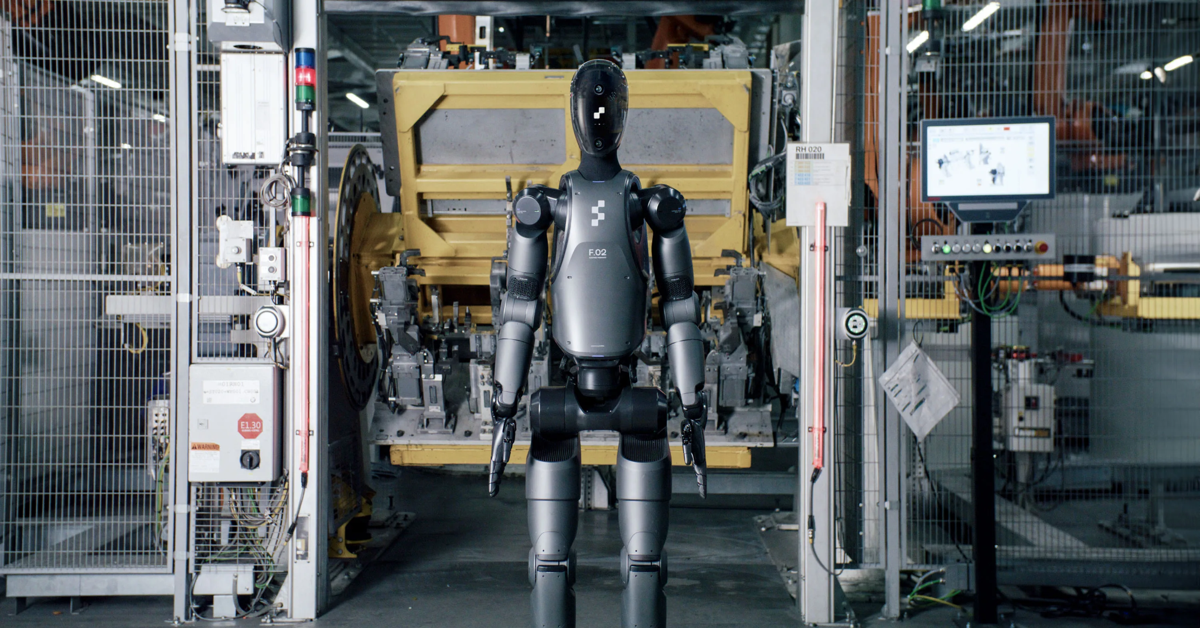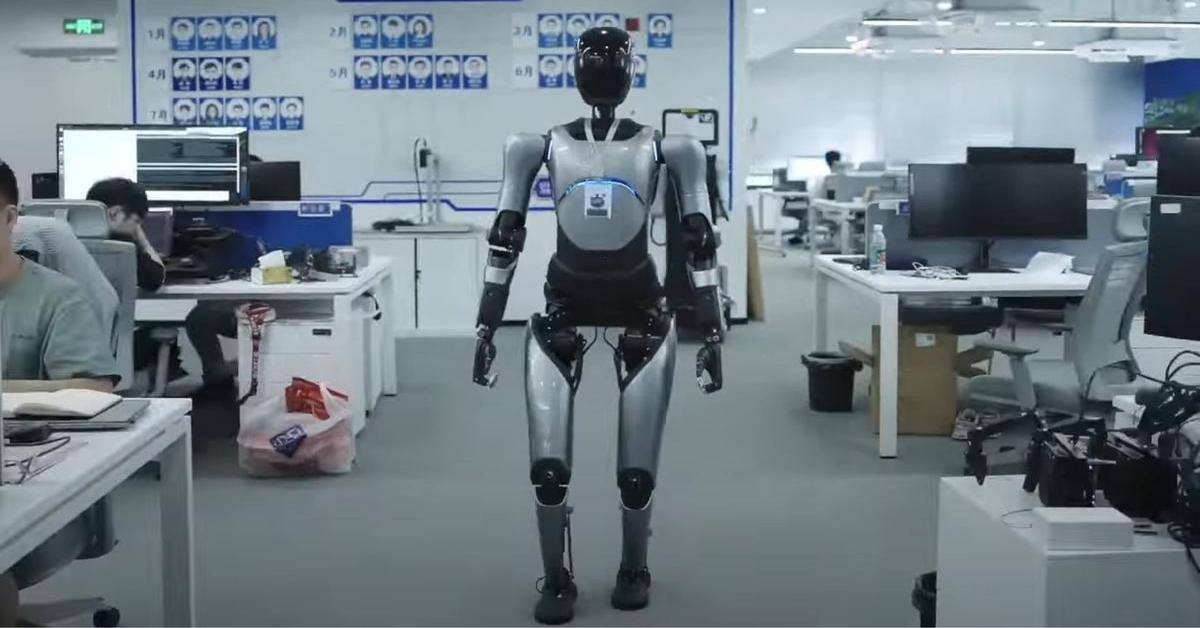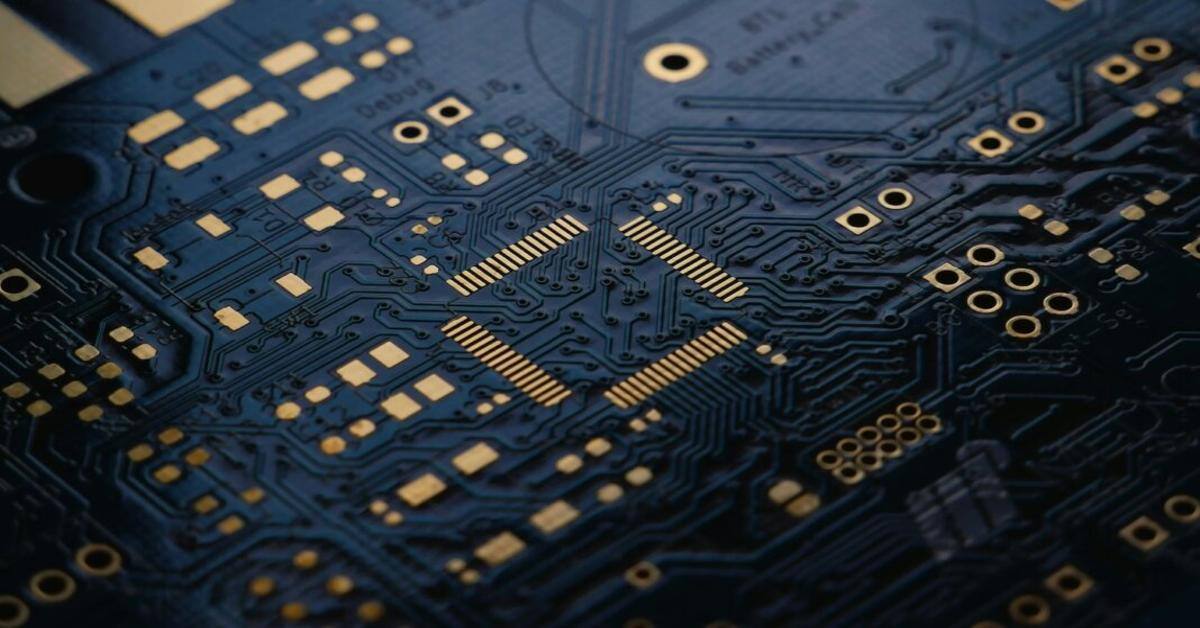
The Convergence of Technologies: Why Now?
One of the questions Brett and I explored was: Why now? Why are we seeing such an explosion of activity in the humanoid robot field now?
Beyond any single technical advancement, I believe it's a convergence of a whole bunch of things—from more sophisticated AI models and the explosion of AI capabilities to advancements in hardware systems and battery technology. In fact, the theme for my Abundance Summit next March 2025 is convergence, and I'm incredibly excited that Brett and Figure will be joining us. What he and his team are building is the perfect example of converging technologies making new systems and business models possible.
When I asked Brett what's come together over the past 2-3 years that made him say "NOW" is the time to start building robots, he highlighted several factors:
- The AI Ecosystem: "It's not just the models, it's the overall infrastructure for training, for inference and deployment, deep learning algorithms that can support large scale invitation learning and reinforcement learning."
- Hardware Systems: "It's really hard to know if it was 10 years ago, this was really possible with torque density of actuators, battery systems, energy density there … I would happen to think that the best humanoid robots 10 years ago were all hydraulic systems."
- Compute Power: The sheer processing capabilities available today have made complex AI implementations possible in real-time.
- Battery Technology: Improvements in energy density and efficiency have made portable, long-lasting robots feasible.
- Sensors and Perception: Advancements in computer vision and other sensing technologies have dramatically improved robots' ability to interact with their environment.
The Role of AI & The OpenAI Partnership
Certainly, one of the critical factors in the recent developments and opportunities with humanoid robots has been AI. Figure's mission statement reflects this: "Expand human capabilities through advanced AI." When I asked Brett if he sees Figure as an AI company, he responded:
"We do see ourselves as an AI company. The limit, it happens to be robotics I think in the limit, all the challenges that we face to do what we set out in our mission are ultimately going to majority be AI problems and hurdles."
This focus on AI is exemplified by Figure's partnership with OpenAI. Brett shared how this collaboration came about:
"I got introduced to Sam Altman a few years back and we got to know each other a lot better and spent a lot of time together in 2023. And ultimately they wanted to get back into robotics and specifically around AI for embodied systems. And now here we are working on next generation AI models for our robots to make that work and they're supporting us on that."
One of the most exciting aspects of this partnership is how Figure is leveraging OpenAI's multimodal AI models, such as GPT-4V. Brett explained:
"I think one of the biggest breakthroughs we have is we have with LLMs and VLMs more specifically, we've had this semantic grounding that has occurred in robotics. We have the world's knowledge in some way knowledge in a zip file for the robot to access and understand. And that bridge from robot to human was never really here before."
This semantic bridge opens up incredible possibilities for human-robot interaction. As Brett puts it, "This means a robot knows everything you're saying and knows what you mean."
But the benefits flow both ways. By working with Figure, OpenAI gains valuable insights into embodied AI and real-world data collection.
In fact, the partnership could help address potential challenges in AI development. For example, some theories suggest we might hit a “data wall” on the path to AGI, and that embodied AI and humanoid robots could be crucial for overcoming this by collecting real-world data and gaining a physical understanding of the universe.
Brett's response highlighted the potential synergy between AI development and robotics:
"It's becoming clear that output actions and planning are important for the next step in intelligence," Brett explained. "We're trying to complete that last leg of actions and reasoning. If we can create a robot that can understand speech and output useful actions in the real world—that's an incredible technology.”
Figure 02: A Leap Forward in Humanoid Robotics
Figure recently unveiled Figure 02, their second-generation humanoid robot. Brett gave me a rundown of the key improvements:
- Increased Compute Power: "We tripled the amount of CPU and GPU on board just for more overall compute and inference."
- Enhanced Battery Life: "We almost doubled the battery to about 2.3 kilowatt hours."
- Improved Design: "We had all the wires all internal, so there's no external wires, cabling, electronics, that's really for reliability and for overall packaging."
- Advanced Structure: "We also have an exoskeleton structure, so all the outer shells of the robot actually take loads, which is opposed to how we do the first-generation robot."
- Better Perception: "We also have 6 onboard cameras, so we have more perception, more ability to see our surroundings."
- Enhanced Dexterity: "Our fourth-generation hands now and we've made quite a lot of improvements over the previous iterations, better sensors, better packaging, better for mass, better strength, better speeds of the fingers overall just better dexterity and control of fine grain manipulation."
One of the most exciting aspects of Figure 02 is its ability to understand and respond to voice commands. As Brett enthusiastically shared:
"I mean, we can literally talk to our robot and it can do tasks right now, which is unbelievable. I mean the in-state for this is you really want the default UI to be speech."
The Competitive Landscape: Tesla, China & Beyond
When discussing the competitive landscape, Brett expressed admiration for Elon Musk and Tesla's Optimus project:
"I just have to be so inspired by what Elon's done in the last 20, 30 years. It's been just unbelievable. I think they're doing a great job at Optimus and I think they have a really good engineering team. I think they're making really good progress and I think they're directionally heading in the right direction."
But Figure isn't just competing with American companies.
As mentioned above, the humanoid robotics industry in China is rapidly developing, especially with the recent unveiling of the 5 humanoid robots from Agibot and the recent release of Unitree’s robot.
After a recent visit to China, Brett was impressed by the work ethic and determination he witnessed:
"The sheer will of the country to try to compete and win is really high. And I was floored... My experience has been that those folks out there want to win. They want to do it at the lowest cost, they want to do it at the highest rate, and they'll stop at nothing to try to be number one."
A Future with Billions of Humanoid Robots?
One of the most intriguing aspects of our conversation was Brett's projection for the future scale of humanoid robots.
He believes that by 2040, there could be a market for as many as 10 billion humanoid robots:
"If these robots can do everything a human can? I have to think that we'd be able to put 3 to 5 billion in the workforce and I don't see any reason why every human wouldn't want to have a humanoid like you do a car or a phone … perhaps it will be even more important than a car or phone where it can just do all the work that you just don't want to do all day."
Of course, achieving this scale depends heavily on driving down costs. Brett is optimistic about the potential for significant cost reductions:
"I think over a long enough period with enough high volumes, I think you're getting these costs down sub $20,000 a unit really cheap."
The Impact on Jobs and Society
Naturally, the prospect of billions of humanoid robots raises questions about their impact on jobs and society. Brett emphasizes that Figure's goal is not to replace human workers, but to complement them:
"Our goal is to really be able to do a lot of the jobs that are not desirable by humans. I mean, you mentioned earlier in this podcast we had like 8 million US jobs that people just don't want to do. We want to do those jobs and we want to do the things right now that are potentially harmful and dangerous for humans to do."
Importantly, Brett is clear about Figure's ethical stance, particularly regarding military applications:
"We won't do anything defense related at all. It's like in our manifesto online, we think the civilian market is just orders of magnitude bigger than defense, and it's not in our interest to build a war machine of any kind."
Creating A Future of Abundance
Perhaps the most exciting aspect of Brett's vision is the potential for humanoid robots to usher in an age of abundance.
In the future, everyone may own a humanoid robot.
Brett explains: "The goal is to put these robots into the physical world with no additional infrastructure needed for them to operate. So, you can put robots into the workforce so we don't need to go build new systems and new electronics and everything else for the robots to work with."
This could lead to dramatic reductions in the cost of goods and services:
"You can basically create a world where goods and services prices are trending to zero in the limit and GDP spikes to infinity ... You basically can request anything you would want and it would be relatively affordable for everybody in the world."
As for when we might see humanoid robots in our homes, Brett is optimistic:
"I would say within the next 3 years, we'll definitely have robots being piloted in our homes."
From Isaac Asimov to Reality: A Childhood Dream Realized
Brett Adcock has been a sci-fi nerd his entire life, more specifically a robot geek and a superfan of Isaac Asimov's Robot series. At the age of 12, he was devouring books like iRobot, Robot Dreams, and Robot Visions.
Brett, reflecting on his lifelong fascination, remarked, "Who hasn't thought about building robots and who hasn't wanted to work on this?"
The introduction of millions—and then billions—of humanoid robots into our societies will irrevocably redefine the dynamics of human interaction, labor, and daily life. Indeed, we're on the brink of witnessing this transformation unfold.
Figure, under Brett's visionary leadership, is redefining the future of labor and technology.
Brett's dream, deeply rooted in his childhood love for science fiction, is unfolding into a reality where humanoid robots could bring about a world of abundance and uplift humanity, fundamentally changing the way we interact with technology—and each other.
70% of all cancers that are fatal turn out to be the result of cancers that are not routinely tested for by today’s medical system. Today, advanced diagnostics are able to evaluate your health on a regular basis, with the goal of finding disease at the earliest stage possible. Every year, I go through a Fountain Life “upload” as part of their APEX Membership program, and I urge you to do the same. Get started with Fountain Life and become the CEO of your health:
I discuss how AI, Robotics, and other exponential tech are transforming industries and society at large on my podcast. Here’s my recent conversation with Brett Adcock, Founder and CEO of Figure AI:
A Statement From Peter:
My goal with this newsletter is to inspire leaders to play BIG. If that’s you, thank you for being here. If you know someone who can use this, please share it. Together, we can uplift humanity.
Disclaimer:
Peter H. Diamandis, MD, currently serves as the Founder and Chairman of the Board of the XPRIZE Foundation. All views expressed on his “Moonshots Podcast,” “Abundance Blog,” and on his social channels are strictly his own and do not represent the official views of XPRIZE. These views are his own and are not legal, financial, or medical advice and they are not in any way connected with the XPRIZE Foundation’s work or its competitions.










